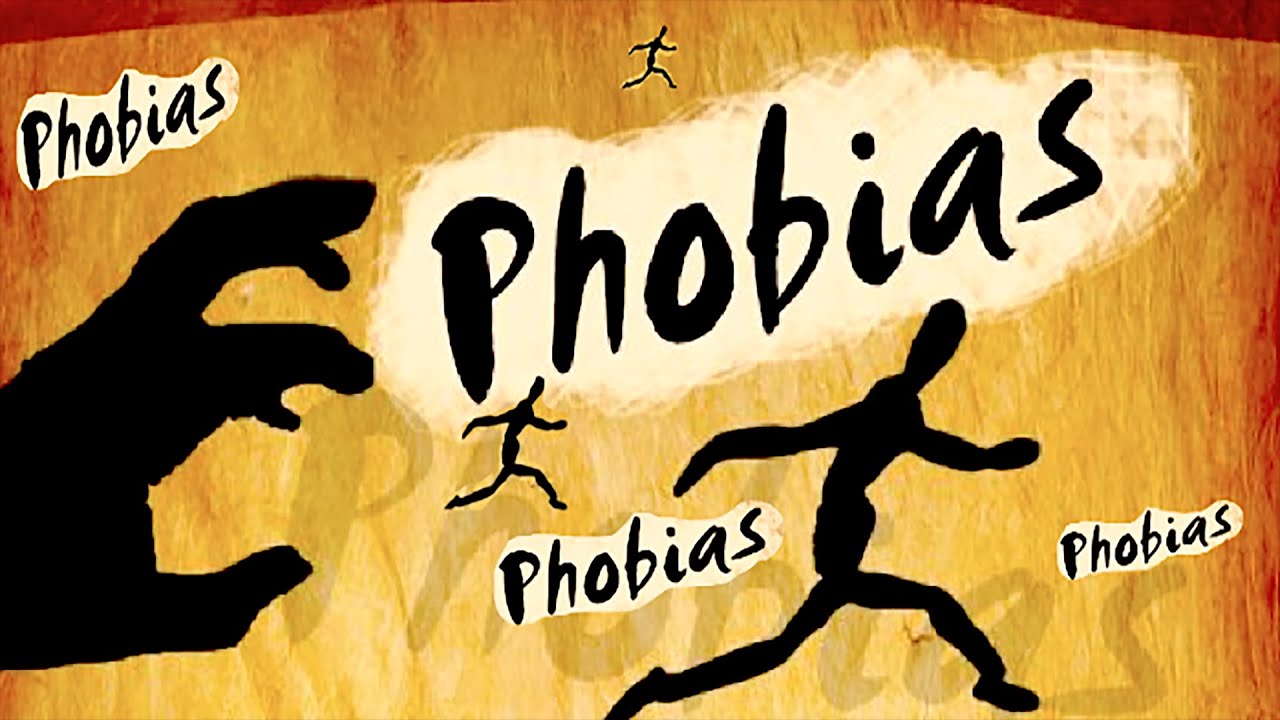Treating Phobias
It’s natural, healthy even to be fearful at times. If a known bully is headed your way, there should be a sense of nervousness and apprehension. But, if that fear is irrational and you are seized with panic at the mere thought of going to the grocery store, you may have a phobia. “A phobia is irrational fear in which the person begins to either avoid that circumstance or approach it with intense anxiety,” says R. Reid Wilson, PhD, associate clinical professor of psychiatry at the University of North Carolina School of Medicine and author of “Don’t Panic: Taking Control of Anxiety Attacks”.
Developing a Phobia
A phobia is a type of anxiety disorder that can begin at any age. In fact, these irrational fears are the most common psychiatric illness among women of all ages and the second-most common illness in men above the age of 25. The National Institute of Mental Health estimates that between 5 and 12 percent of Americans have at least one phobia.
Researchers are not sure how phobias develop. The onset of a phobia may be tied to a traumatic event, but often there is no such trigger, or the cause is subtle. “If you are a child walking down the street holding your mom’s hand and hear a dog bark and then feel a little squeeze of your hand, you may develop this fear of dogs,” says Dr. Wilson, “You make a conditioned response, an association, between that dog barking and a little signal from your mom that there’s some danger there.”
Sometimes an event that triggers a phobia event doesn’t even need to be experienced directly to develop into a phobia. For example, people can develop a fear of flying, (aviophobia), just from hearing about a bumpy and scary plane ride a friend experienced.
Most people with a phobia will simply do what they can to avoid the situation they dread. For example, a person with galeophobia, a fear of sharks, can avoid beaches and aquariums. But a person who has a fear of dogs, cynophobia, may not be able to leave their house, afraid that a neighbor will be walking his dog at the same time. Most of the time, it is when a fear has seriously disrupted one’s way of life that he or she seeks help.
Forgetting Your Fears
The most common treatment used to help one shed a specific fear is called cognitive-behavioral therapy. Its goal is to change the way a person thinks about a feared situation to allow the person to face the fear.
During a session, a therapist will try to help the person think through and evaluate the thought process that leads to anxiety. By understanding that turbulence is fairly normal during a plane trip, for example, a person may be able to rationalize their anxiety away the next time they need to fly. But cognitive therapy is only half of the equation for successful treatment. After understanding how one should think through a fear, he or she needs to actually apply the technique in real life.
Cognitive therapy sessions lead to behavioral therapy, where the patient is confronted with what it is that makes them so afraid. This may begin with imagery or a scaled-down version of the thing that is feared, gradually leading up to more and more intense experiences. It is here where an antianxiety medicine, such as Valium, or Klonopin, may be used to help the person get the nerve to stare fear in the face, but drugs are used only if really needed. If a person is always given an antianxiety drug before an experience, he or she may believe that they are unable to successfully handle the scary experience without a pill.
Facing a Phobia Alone
Many people are able to overcome a fear without the help of a therapist. The key is an interest and curiosity about learning the process of behavioral therapy, says Wilson. There are three aspects of overcoming a phobia that need to be emphasized: frequency, intensity and duration.
Wilson suggests writing a list of the things you find most threatening about your fear in order of most anxiety-filled to the least. For example, if you are afraid of spiders, arachnophobia, finding a web in your house may cause only a little sense of panic, while encountering a tarantula may send you running in terror. After this list is compiled, stand up to what you dread.
“Confront your fear and allow yourself to be distressed, then hang out in the distress, and pull back when you want,” advises Dr. Wilson.
It is normal to be moderately stressed at first. For a fear of spiders, you could first look at photographs, then go to the zoo to see spiders in a controlled environment. Eventually you’ll be able to hike through the woods, and even go into a dark basement looking for them.
The key is persistence. Once you start confronting a phobia, keep taking tiny steps towards reaching your goal: a life not crippled by anxiety and worry.
“If you just begin to chip away at your fear, you’ll be surprised how far you might get,” says Dr. Wilson.
- Agoraphobia – Overcoming A Fear of The Being Outside or In Public Places.
